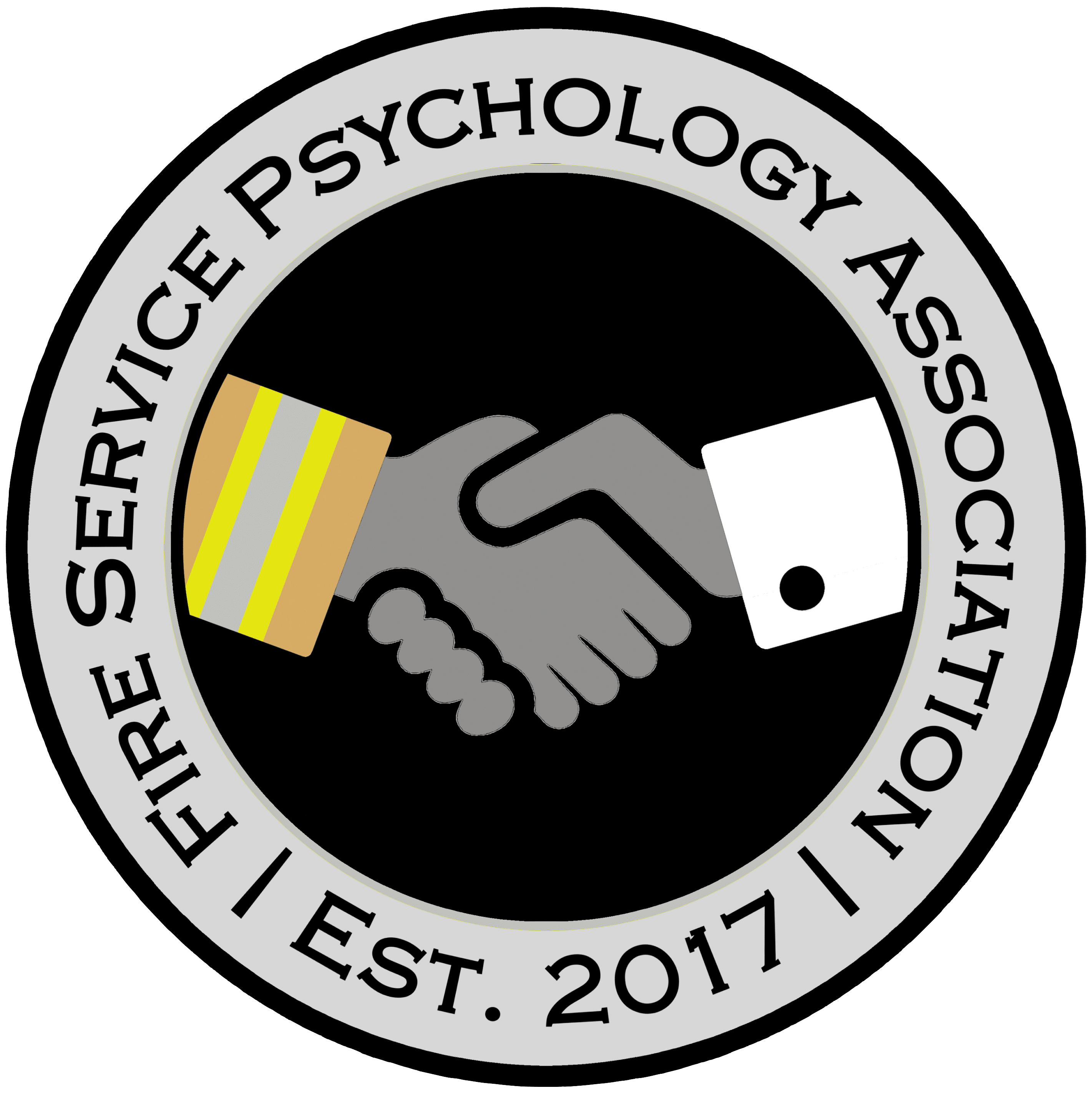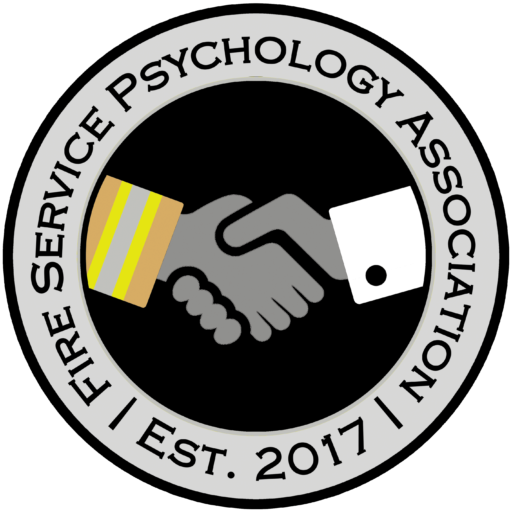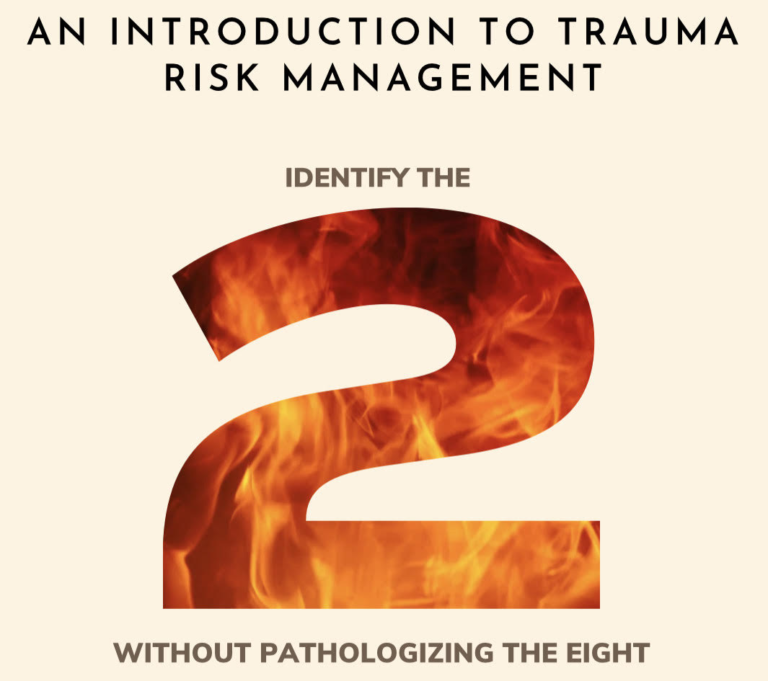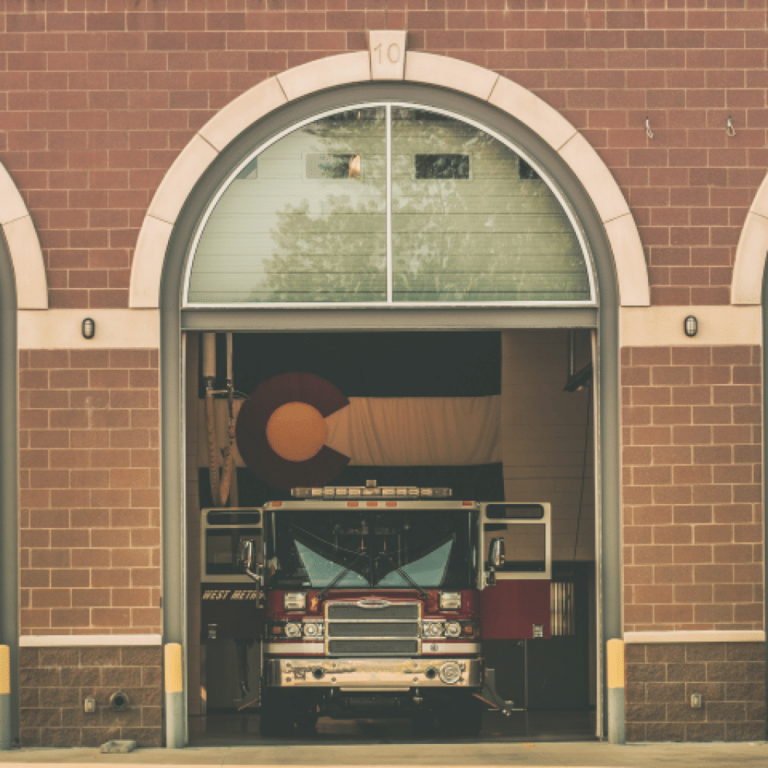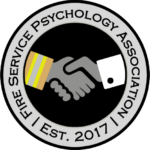The Fire Service Psychology Association is approved by the American Psychological Association to sponsor continuing education for psychologists. The Fire Service Psychology Association maintains responsibility for this program and its content.
We offer the following courses to member mental health providers:
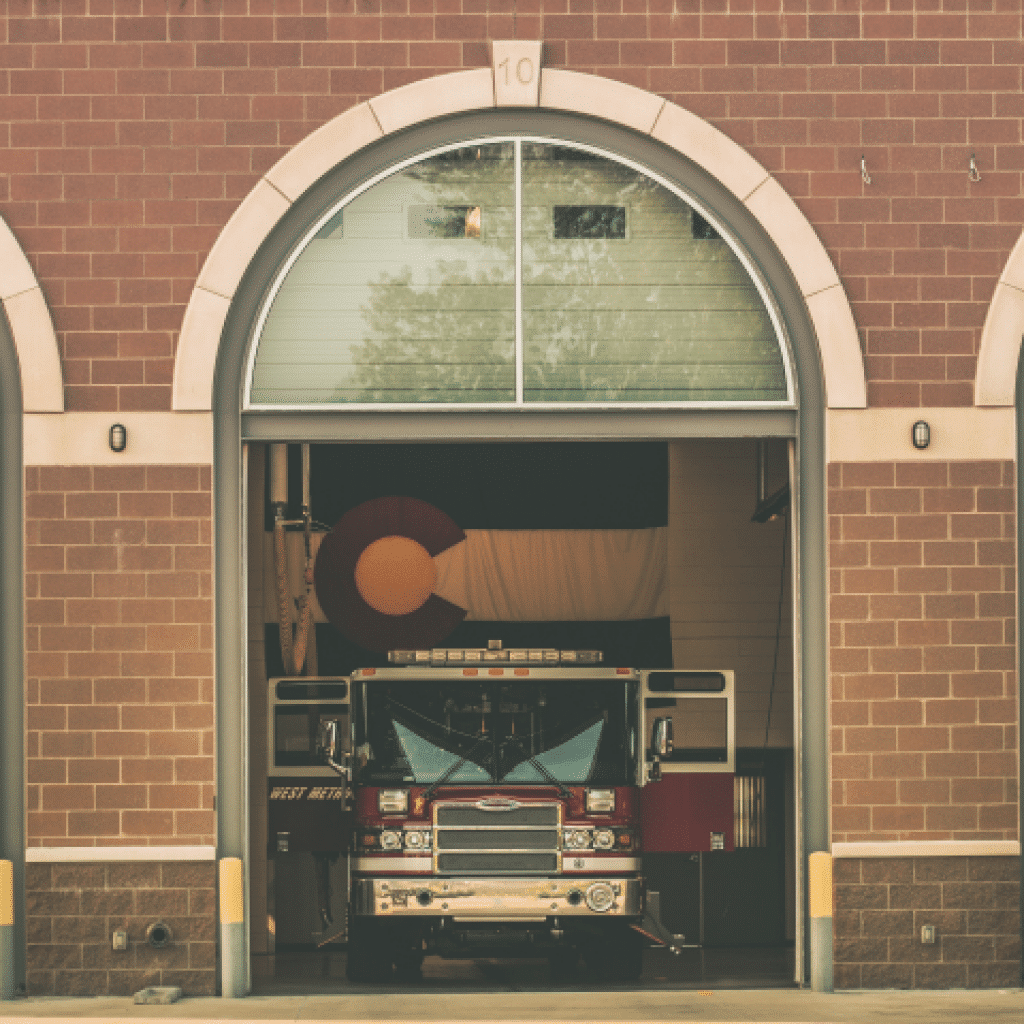
UNDERSTANDING FIRE SERVICE CULTURE
(8 Hours of Credit)
Participants will read through sections of course content (online) and take a corresponding test to ensure mastery of the material. They will be awarded credit based on a passing criterion of at least 75%.
The online courses are based on the live course content. The learning objectives reflect concepts pulled from a review of the literature on the psychology of firefighters. The Understanding Fire Service Culture course provides a broad overview of the fire service and its psychological components. This has been successfully delivered in eight hours. The home study model covers the same material. All other courses will follow the same method for determining the appropriate length of the course.
- Identify cultural components to the fire service including performance standards, jargon, shift work, and barriers to treatment.
- Describe the complexities of firefighting and emergency service including trauma exposure,
- Identify unique challenges to interpersonal relationships.
- Explain organizational demands inherent in the firefighting profession based on paramilitary organization.
- Explain current trends in peer support and psychological services offered to fire departments as well as barriers to treatment.

Firefighter Intimate Partner Relationship and Family Health
(8 Hours of Credit)
Participants will read through sections of course content (online) and take a corresponding test to ensure mastery of the material. They will be awarded credit based on a passing criterion of at least 75%.
The online courses are based on the live course content. The learning objectives reflect concepts pulled from a review of the literature on the psychology of firefighters. The Understanding Fire Service Culture course provides a broad overview of the fire service and its psychological components. This has been successfully delivered in eight hours. The home study model covers the same material. All other courses will follow the same method for determining the appropriate length of the course.
- Describe the diversity of family systems as well as marriage and divorce rates.
- Identify challenges to healthy intimate partner relationships including the unpredictability of the nature of the work, shift work, and ambiguous loss.
- Explain the effects of post-traumatic stress and its impact on families.
- Describe the impact of stress-related symptoms on children at different age ranges.
- Explain the impact of diversity challenges on firefighter families.
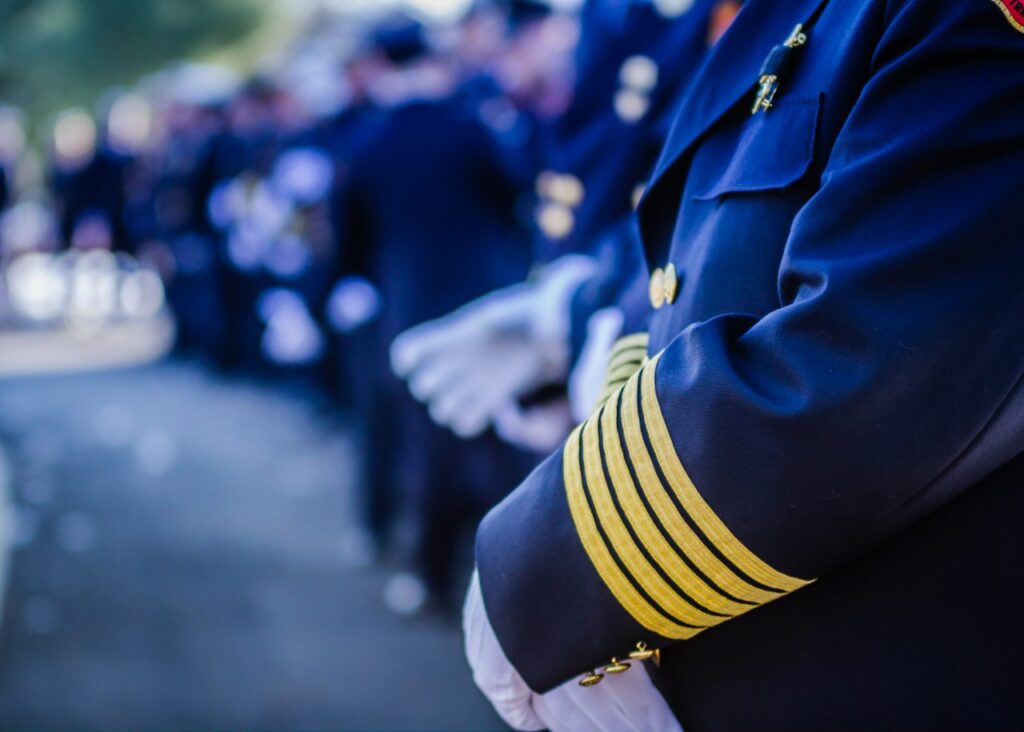
SUICIDE IN THE FIRE SERVICE
- Identify current rates of suicidal ideation and completed suicide in the fire service.
- Describe the limitations in suicide research.
- Explain best practices to addressing a suicidal firefighter and implications for returning to work.
- Identify contributing factors to suicide among firefighters.
- Explain the relationship between occupational suicide exposure and firefighter suicidal behavior.

DIVERSITY IN THE FIRE SERVICE
- Describe the history of diverse populations joining the fire service as well as resistance faced during integration efforts.
- Explain the experience of culturally diverse populations working within the fire service.
- Identify current diversity trends within the fire service.
- Identify challenges to increasing diversity in the fire service.
- Describe ways to support the growth of diversity within the fire service.
